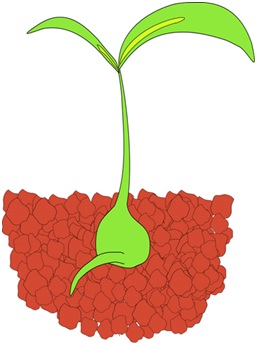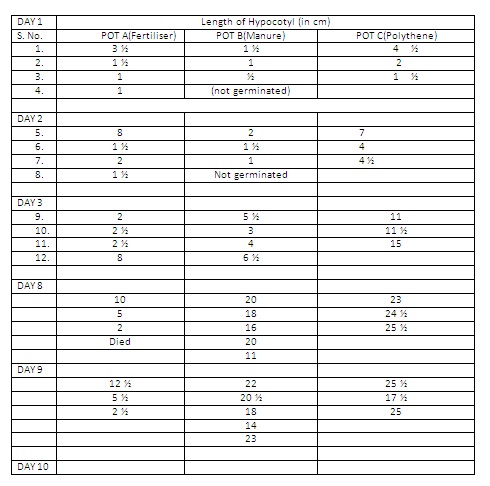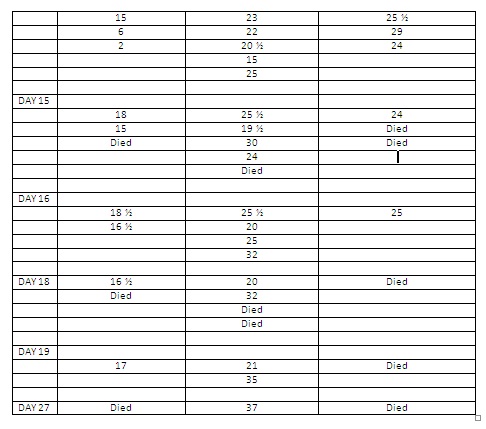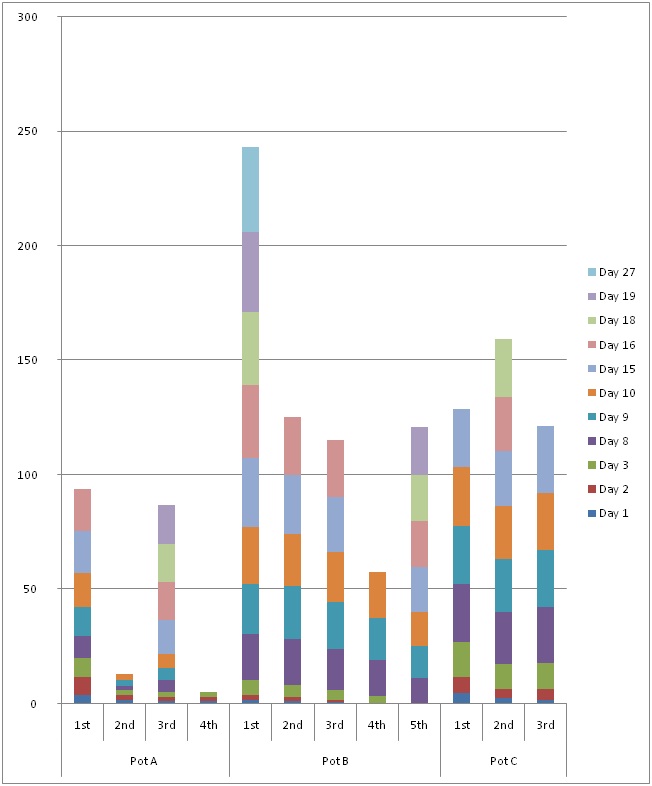





Published on Sep 12, 2023
The given topic was selected by me as I found this to be achallenging task to complete and also very important knowledge to gain from it. It is nowadays noticed that in the pollution is increasing in our environment, and it is extremely important for all of us to know its effects on ourselves and the naturalsurroundings. Plants are the only source to purify our atmosphere and provide food to this world. Even the carnivorous animals are indirectly dependent on plants for their food.
It is very important for us to know the best way of living in this universe without harming it and ultimately living peacefully. Therefore, I have selected this topic as my project as it gives the answers to my questions.
To study the effect of fertiliser, manure and polythene on the growth of the hypocotyl of a seed.
Through continuous observation of the growth of plants in fertiliser, manure and polythene the most suitable soil conditions for a typical plant can be observed. By observing such soil conditions, the productivity and growth of plants can be checked.
Three anthocyanins were found in Vignaradiata (greengram) accessions with black seed coat, but were absent in cultivars having green seed coat. Vignamungo (blackgram) had only one of them. The same 3 anthocyanins were found in cultivars with purple red hypocotyl of Vignaradiata accessions but were absent in the ones with green hypocotyls.Vignamungo with purple red hypocotyls showed the presence of two anthocyanins.
One common to both was identified as delphinidin-3-glucoside and the other is probably cyanidin-3-glucoside. Among the two accessions of Vignaradiatavarsublobata examined, one was similar to Vignaradiata accessions with black seed coat having delphinidin-3-glucoside and two other anthocyanins, while the other resembled Vignamungo having only delphinidin-3-glucoside in seed coat and both delphinidin and cyanidin-3-glucosides in hypocotyl.
Chlorophyll content of the seed coats was in the following decreasing order: green, black, brown and yellow. Browning of the seed coat of cv TAP-7 after storage over a year was associated with reduction in chlorophyll content
1) Pots- 3
2) Gram seeds – 10-12
3) Fertiliser
4) Manure
5) Polythene
6) Beaker
7) Soil

During the Making of this project, the following steps were followed:-
• Pots, gram seeds, along with fertiliser, manure and polythene and other materials were brought and the pots were prepared to be sown.
• Seeds were planted and watered. Fertiliser was added to the first pot, named as ‘Pot A’. Observations were recorded for that day.
• Manure was added to the second pot, named as ‘Pot B’ the next day.
• Polythene was added to the third pot, named as ‘Pot C’ the following day, and regular observations were made.
• Watering and regular observation was being taken for 27 days.
• After the observation of plants and their growth, observation was compiled and data analysis was made.
• Conclusion was drawn from the data analysis for the three cases of planted gram seeds
Observations were recorded regularly for 27 days and the following data was gathered:-
Number of seeds planted in
1) Pot A- 4
2) Pot B- 5
3) Pot C- 3



According to the above observations, the following analysis was made:-
Due to access of fertiliser, some plants in POT A died.
Due to lack of water for some continued days, some plants had dried.
Seeds germinated in POT C died soon because of polythene present in the pot, which hampered their proper absorption of nutrients.
Plants in POT B were best grown in height and persisted for a long time.
Growth of plants planted in POT A was medium all over and can be considered as average.
Water consumption by the gram seeds was considerably low.
From the above data analysis, following conclusions can be drawn:-
Access of fertiliser can be harmful for germinating seeds. However, if used in an appropriate amount, fertilisers can be beneficial for plants.
Growth of plants can be observed best in manure, as it is a natural extract, and can supply better quality of nutrients to the plants.
Presence of polythene is harmful for plants, and it hampers the pathway for the plants’ absorption of nutrients. Therefore, it can be concluded that pollution can be very harmful to the natural environment and, ultimately it affects the humans.
Lack of water is extremely undesirable when plants or trees are growing, as water is an essential part of their nutrition and is important in the developmental process
Through the observations recorded and conclusion drawn from the collected data, it is clear that, planters should use manure the most in amount for the proper growth of plants. Fertilizers are also extremely useful for the growth of plants, but, if used in excess amount, then it can be harmful for the plants. Therefore, the amount of fertilizers used should be checked.
Also pollutants, such as polythene, should be removed from the planting area, as these pollutants are harmful for the growth of plants and hampers their proper elongation. Also, regular watering is an essential criterion for growing plants, because this provides them with necessary elements and compounds for photosynthesis. At the same time, excess of water should not be provided to the plants, because of the probability of contamination.
• Biology textbook, NCERT
• www.wikipedia.com
• www.google/images.com
• www.NHLBI (National Heart, Lung, and Blood Institute).com